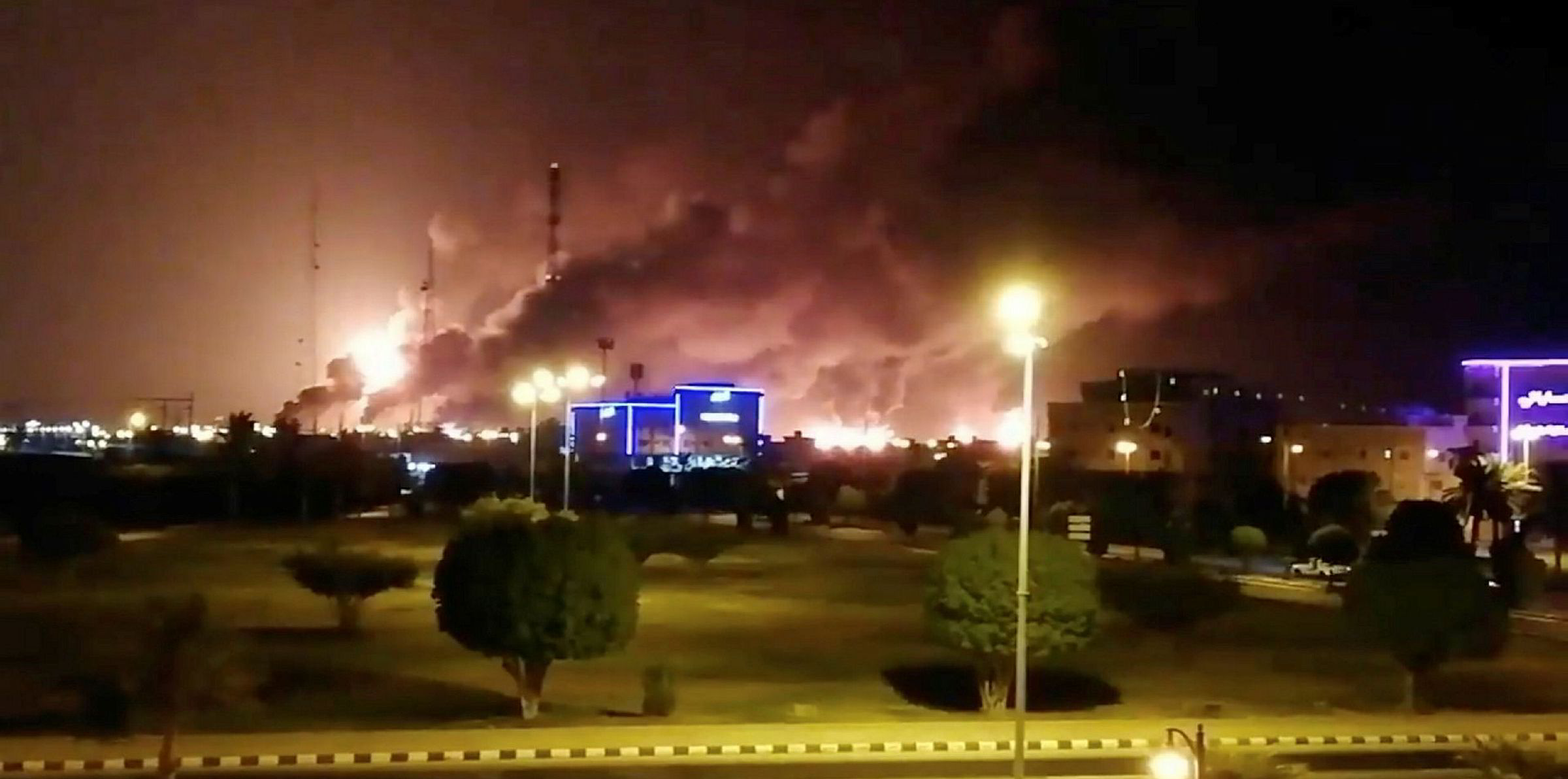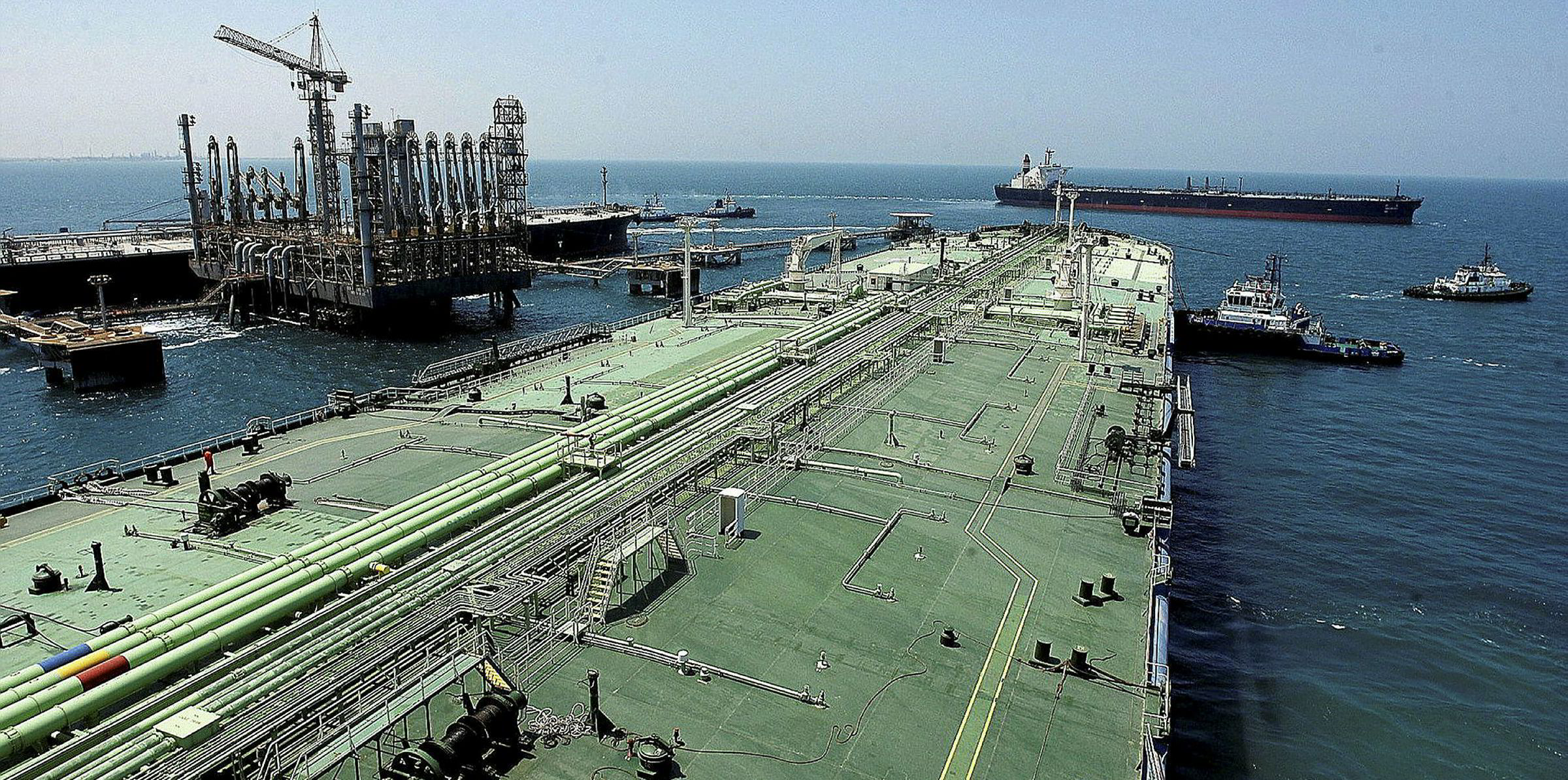A prolonged loss of Saudi Arabian oil production following the weekend's drone attack is likely to be "very negative" for tankers, according to Clarksons Platou Securities.
Analyst Frode Morkedal said however that it would be highly positive for oil prices, as there is limited spare capacity in the rest of the world, although the release of US Strategic Petroleum Reserves could help.
"Global oil inventories are generally ample (around five-year average) so no immediate scramble is expected," he added.
"Inventory draw-downs could have a negative effect on tanker supply (return of floating storage)."
Morkedal said the key uncertainty is how long the outage will last.
"Five million barrels per day loss of production represents, everything else being equal, a monthly draw of 150m barrels which historically could indicate +$10/bbl impact on Brent oil price for every month output is reduced, he added.
Major blow
Gregory Lewis at BTIG called the incident an "unprecedented disaster" and said he expected the incident to be a "major blow" to the global tanker industry.
It will result in a demand loss of 2.5 VLCCs per day.
"However, we see the product tanker industry as a beneficiary, due to increased refined product price volatility around the world, creating increased arbitrage opportunities for product."
He added: "The partial loss of Saudi production should drive major disruptions throughout the tanker industry into what is already the seasonally strong part of the year.
Lewis said: "We expect product tanker ton-miles to increase near term. Also, we expect more Atlantic basin barrels to move to Asia as long as Saudi production is off-line.
"The loss of Saudi barrels should artificially reduce supply as ballast (no cargo) voyage legs to the Atlantic increases."
Market looks at positives
Cleaves analyst Joakim Hannisdahl said in an update on Monday that equity markets "are obviously more positive towards the developments than our initial assessment yesterday, with Frontline, Avance Gas and BW LPG all up 1-3% at the time of writing."
Saudi officials have indicated that 2m bpd of outage could potentially come back online by the end of today, he added, much earlier than indications yesterday.
He said rising tensions in the region could lead some shipowners to shy away, leading to higher rates for those who trade in the Persian Gulf.
"Conflicts in the Middle East could lead to oil tanker fleet inefficiencies, such as convoy sailing, reducing vessel supply and increasing fleet utilisation," he added.
"Replacement barrels could partially be sourced from the US, West Africa and Brazil, all much more tonne-mile intensive trades."
Middle East importers could also focus on building inventories in the medium term, which would be positive for tanker demand, he said.
Massive loss of production
The attack reduced crude oil output by 5.7m barrels per day, or more than 5% of world oil demand.
"The Saudis should be able to supply customers from inventories in the near term. If they manage to restore output quickly, minimal impact on tankers would be expected," Morkedal said.
"However, commentary from news wires indicate that it could possibly take weeks which would likely be negative for tankers as no other country in the world could replace this amount of volume. Until we know timing better, we can only speculate on the impact for tankers."
Clarkson Platou sees a potential 2.5m barrels per day reduction in seaborne trade to 40m barrels per day, assuming OPEC and the US compensate to some degree.
Fourth quarter FFA rates imply utilisation is expected to be around 88% or $50,000 per day.
By comparison 82% utilisation would correspond to $15,000 per day.
"Inventory draws could also impact floating storage negatively, and as such, operating cost levels ($10,000 day) cannot be ruled out if a prolonged outage," Morkedal said.
That said, reduced output is most likely temporary and could be replaced with a strong rebound, he added.
Critical situation looming?
Bjornar Tonhaugen, head of oil market research at Rystad Energy, said the attack was the biggest on oil infrastructure since the Gulf War.
“The bullish reaction in oil prices will likely be limited by Saudi Arabia’s vast quantities of crude in storage, estimated to equal roughly 26 days of current crude exports, a large portion of which is at the main export terminal Ras Tanura," he added.
"The country also has strategic storage facilities in Rotterdam, Okinawa and Sidi Kerir (Egypt).”
Tonhaugen believes production disruption of more than 10 days will render Saudi crude flows "critical", as there are limits globally to the volume of export replacement barrels.
"We believe US crude exports could potentially be increased by about 1 million bpd, from 3 million to 4 million bpd, if prices allow for higher utilisation of the current crude exports capacity. Other countries with available capacity to increase exports by a few hundred thousand barrels per day each include UAE, Russia, Kuwait and Iraq.”
Saudi Arabia has approximately 185m barrels of crude stocks in storage currently.
“The global flow of crude oil will not be disrupted immediately, Rystad Energy believes, due to storage capacity at the main export terminals. However, the longer the processing facility remains disrupted, the larger the potential impact on actual crude flows will be,” Tonhaugen added.







